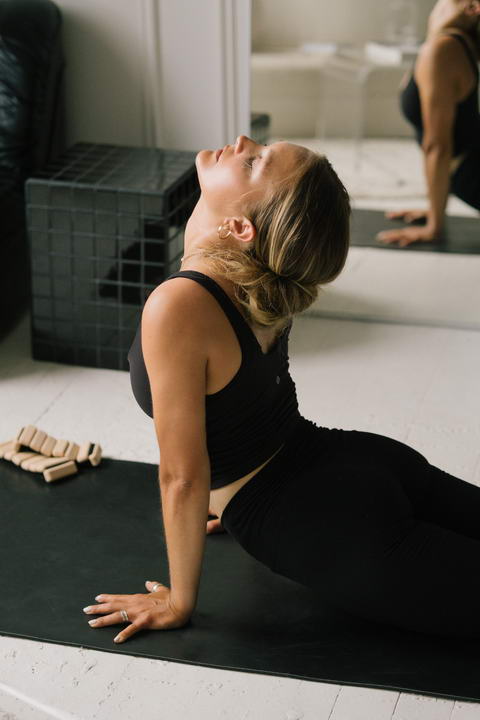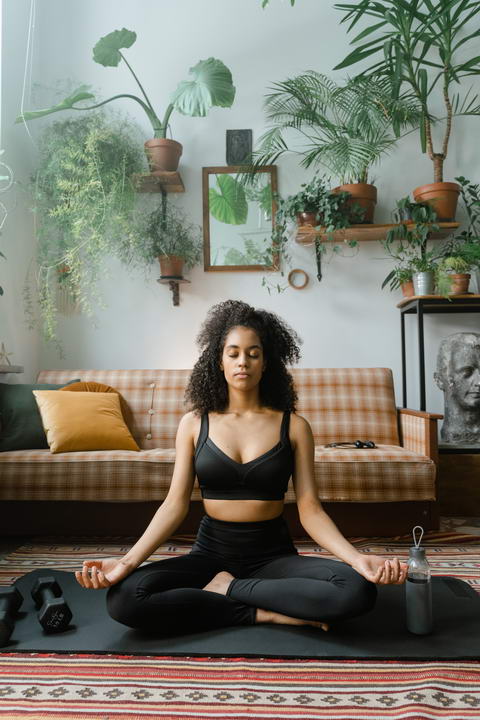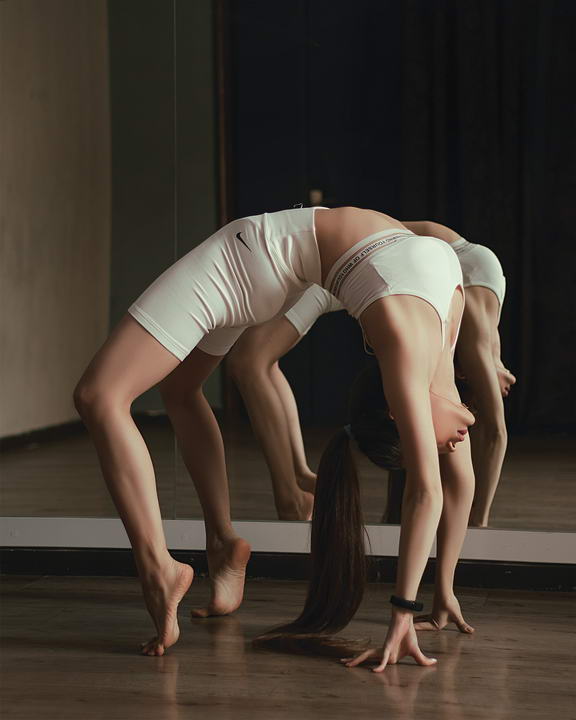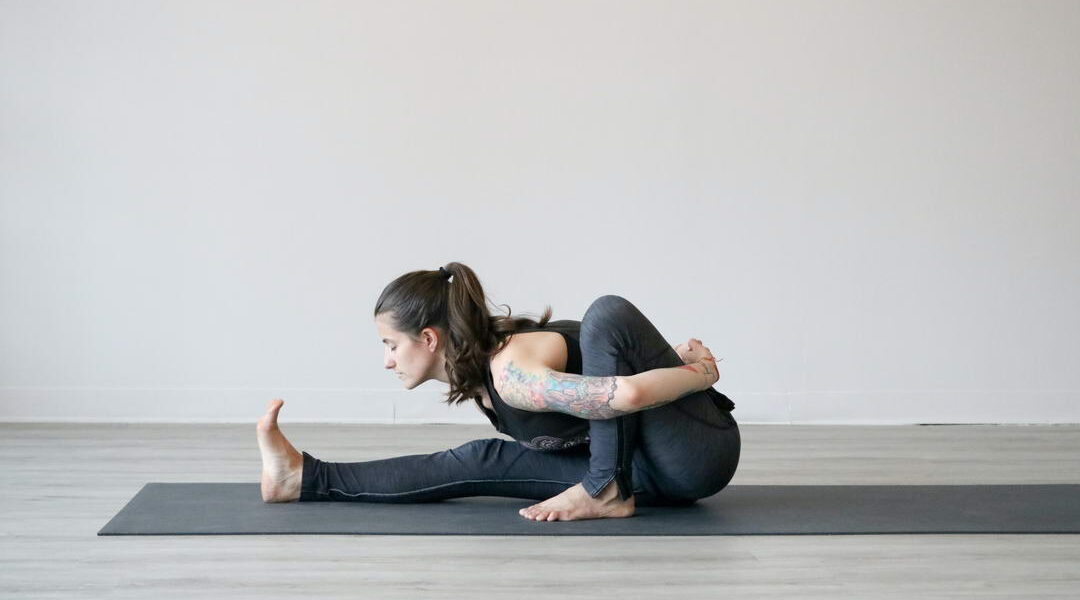What to wear for Yoga ?
Choosing the right attire for yoga can significantly enhance your practice, ensuring you stay comfortable and focused on your movements. This FAQ article addresses common questions about what to wear for yoga, helping you navigate the plethora of options available. From selecting the best fabrics and fits to understanding whether there’s a dress code, this guide provides practical advice tailored to both beginners and seasoned yogis. Whether you’re wondering if your regular leggings will suffice, debating between shorts and leggings, or curious about the benefits of practicing barefoot, we’ve got you covered. Dive in to discover how to optimize your yoga wardrobe for a more enjoyable and effective practice.
Explore Meditation Retreats & Wellness Retreats
Explore Yoga Retreats with Tejomaia.com

Is there any dress code for yoga?
While there isn’t a strict dress code for yoga, there are some general guidelines to consider when choosing attire for your practice. Opt for clothing that allows you to move freely and comfortably through various poses without restriction. Lightweight, moisture-wicking fabrics like nylon, polyester, or blends with spandex are popular choices because they help keep you dry and comfortable throughout your practice.
Form-fitting tops and bottoms can prevent clothing from shifting or getting in the way during poses, but ensure they still allow for unrestricted movement and breathability. Avoid wearing overly loose or baggy clothing that may interfere with your movements or require frequent adjustments. Additionally, avoid wearing heavy jewelry or accessories that could cause discomfort or distract you during your practice. Ultimately, the most important consideration is to choose attire that allows you to focus on your practice and move mindfully on the mat.
Which dress is best for yoga?
When choosing attire for yoga, comfort, flexibility, and breathability are key considerations. Opt for clothing that allows you to move freely and comfortably through various poses without restriction. Many practitioners prefer lightweight, moisture-wicking fabrics like nylon, polyester, or blends with spandex that help keep you dry and comfortable throughout your practice. Form-fitting tops and bottoms can help prevent clothing from shifting or getting in the way during poses, but be sure to choose styles that allow for unrestricted movement and breathability. Additionally, consider wearing layers that you can easily remove or adjust as your body temperature fluctuates during your practice. Ultimately, the best attire for yoga is whatever makes you feel comfortable, confident, and ready to move mindfully on the mat.
What do female yogis wear?
Female yogis typically wear comfortable and flexible attire that allows for a full range of motion during their practice. Common options include form-fitting tops like tank tops or sports bras, which provide support and freedom of movement, along with leggings or yoga pants that offer coverage and flexibility. Many choose moisture-wicking fabrics like nylon, polyester, or blends with spandex to help keep them dry and comfortable throughout their practice. Some yogis may also opt for looser-fitting tops paired with form-fitting bottoms or vice versa, depending on personal preference and comfort. Ultimately, the key is to choose attire that allows for unrestricted movement, promotes breathability, and helps you feel confident and comfortable on the mat.
Can I wear regular leggings for yoga?
Yes, you can wear regular leggings to yoga. Many people find that leggings are comfortable and practical for yoga practice, providing flexibility and freedom of movement. However, it’s important to choose leggings made of breathable and stretchable fabric that allows you to move comfortably through various yoga poses. Additionally, consider opting for leggings with a high waistband to ensure they stay in place during your practice. Ultimately, the most important thing is to wear clothing that allows you to move freely and comfortably while practicing yoga.
Which is better for yoga – shorts or leggings?
Both shorts and leggings can be suitable for yoga, and the choice ultimately depends on personal preference and comfort. Leggings provide full coverage and can offer warmth and support, making them popular for cooler environments or when practicing outdoors. They also prevent skin irritation that may occur from contact with the yoga mat. On the other hand, shorts offer more breathability and freedom of movement, making them a preferred choice for hot yoga or practitioners who prefer less fabric. Whatever you choose, opt for materials that are breathable, moisture-wicking, and allow for unrestricted movement to enhance your yoga experience.

Can you wear baggy clothes for yoga?
While you can wear baggy clothes in yoga, it’s generally not recommended. Baggy clothing may hinder your movement and make it difficult for your instructor to see your alignment, potentially leading to incorrect practice or injury. Additionally, loose clothing can be distracting during certain poses, especially inversions or balances. Opting for form-fitting attire such as leggings and a fitted top allows for better mobility and ensures that your clothing stays in place during your practice. However, if you prefer baggy clothing for comfort or personal reasons, choose styles that still allow for freedom of movement and won’t interfere with your practice.
Are yoga pants tighter than leggings?
Yoga pants and leggings can vary in tightness depending on their design and materials. Generally, yoga pants are designed to provide more support and compression compared to leggings, which may have a wider range of styles and fits. Yoga pants often feature a higher waistband and thicker fabric, offering greater coverage and support during yoga practice. Leggings, on the other hand, can range from form-fitting to more relaxed fits, depending on personal preference and intended use. Ultimately, whether yoga pants are tighter than leggings depends on the specific garment and its intended purpose.

Is it better to do yoga with or without shoes?
It’s generally better to practice yoga without shoes. Practicing barefoot allows for better stability, balance, and connection with the ground, which are essential elements of many yoga poses. Additionally, being barefoot allows your feet to stretch and strengthen naturally. However, there are exceptions, such as certain styles of yoga where wearing grip socks or specialized yoga shoes may be preferred for hygienic or safety reasons. Ultimately, whether to wear shoes or not depends on personal preference, the style of yoga being practiced, and any specific health considerations.
Explore Meditation Retreats & Wellness Retreats
Explore Yoga Retreats with Tejomaia.com


